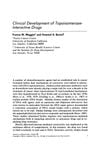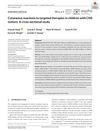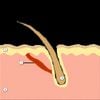signaling protein that, when suppressed, may grow hair by reducing inflammation and stem cell loss
commercial product with a blend of mostly natural ingredients for hair regrowth
natural substance from Neem tree with medicinal and pesticidal properties





